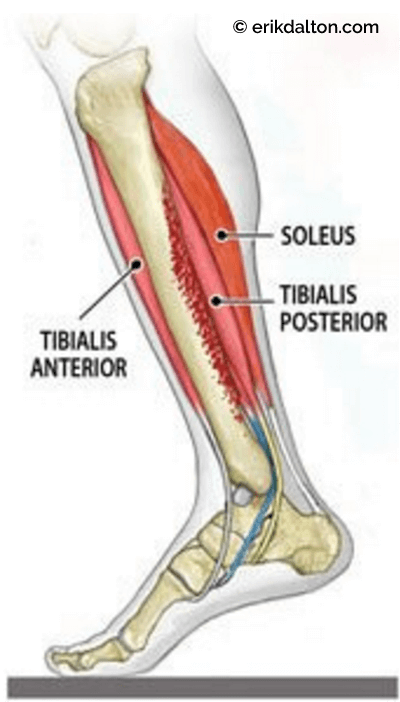
Shin splints, or medial tibial strain syndrome (MTSS) is a name used to describe common symptoms of chronic pain at the front of the thigh and at other times along the inner side of the thigh (the shin bone) and in the upper leg. It often occurs due to overuse of the quadriceps muscle and too much pressure being placed on the inner thigh muscle. When you are sitting down, standing up or performing other physical activities, the pressure and force that is exerted on the quadriceps muscles can cause excessive wear and tear on the muscles and tendons. It can lead to chronic pain and tenderness at the side of the thigh, often referred to as shin splints.
There are many causes of shin splints, the most common of which are knee injuries, arthritis and rheumatoid arthritis. However, there are more unusual causes, such as damage to the inner side of the thigh ligaments. In the case of knee injuries, this condition is sometimes called patellar tendonitis and can be quite painful. This condition is also common with other types of knee injuries and is often associated with repetitive activities such as running, jumping, jogging, and jumping in and out of vehicles.
MTSS is usually characterized by pain and tenderness on the inner thigh near where the medial quadriceps muscle attaches to the femur. Other symptoms include stiffness in the hip and stiffness in the knees. The pain is usually described as stabbing, dull, shooting. In addition, hip stiffness is associated with the feeling that the knee is about to yield or give up. While it may seem like the pain is not coming from the knee joint itself, but from somewhere else, it actually comes from the joint and its muscles.
The tibial tubercle, which is located beneath the upper leg on the outside edge of the knee, is one of three large muscles located around the side of the knee joint. If the tibial tubercle becomes injured, it can cause the pain and stiffness to worsen, and if the injury is serious, the pain and stiffness may radiate to include the upper thigh.
Muscle spasms and other forms of damage to the ligaments and muscles that support the knee can cause the spasms that cause the pain and the stiffness.
Some of these muscles include the quadriceps, calf, adductor magnus, and plantar fascia
Muscle spasms and damage to the muscles can occur because of a number of factors including lifting a heavy object, twisting or moving quickly, excessive stretching or sudden rapid walking or standing. These conditions can occur with an injury to any of these muscles.
Pain in the inner side of the thigh and pain radiating down the leg may indicate that a muscle is either underused or overused.
To determine the condition of your muscles, ask a doctor about testing them
In order to alleviate your pain, you should work on physical therapy, but you will also have to make changes to your diet and make certain lifestyle changes. To ease the symptoms of shin splints, you should try to do activities that increase the blood flow to your legs, such as walking, swimming or using a stair climber. You may want to begin with short stretches of walking, which will strengthen your muscles and reduce the inflammation that may be present. When you are standing, make sure you sit correctly to avoid excessive strain on the quadriceps, which can further aggravate the pain.
A physical therapist will teach you techniques that can help you relieve the discomfort and pain that accompany shin splints. These stretches and exercises can not only ease the symptoms but can also improve the strength and range of motion of your muscles, helping to prevent shin splints in the future.
When you begin physical therapy, you will likely be told that you will need to avoid all of the activity that causes the pain in your knee, such as heavy lifting or running. The goal of physical therapy is to help you overcome the symptoms and to get back to normal. If the pain is very severe, you may be advised to wear a brace to limit the amount of activity that causes the pain. To ease the pain, a physiotherapist will usually recommend using heat or ice.
Although physical therapy is sometimes suggested to ease pain and stiffness, in some cases, it may be in your best interest to undergo surgery. If the pain and stiffness are too much to bear, surgery may be recommended.
Leave a Reply